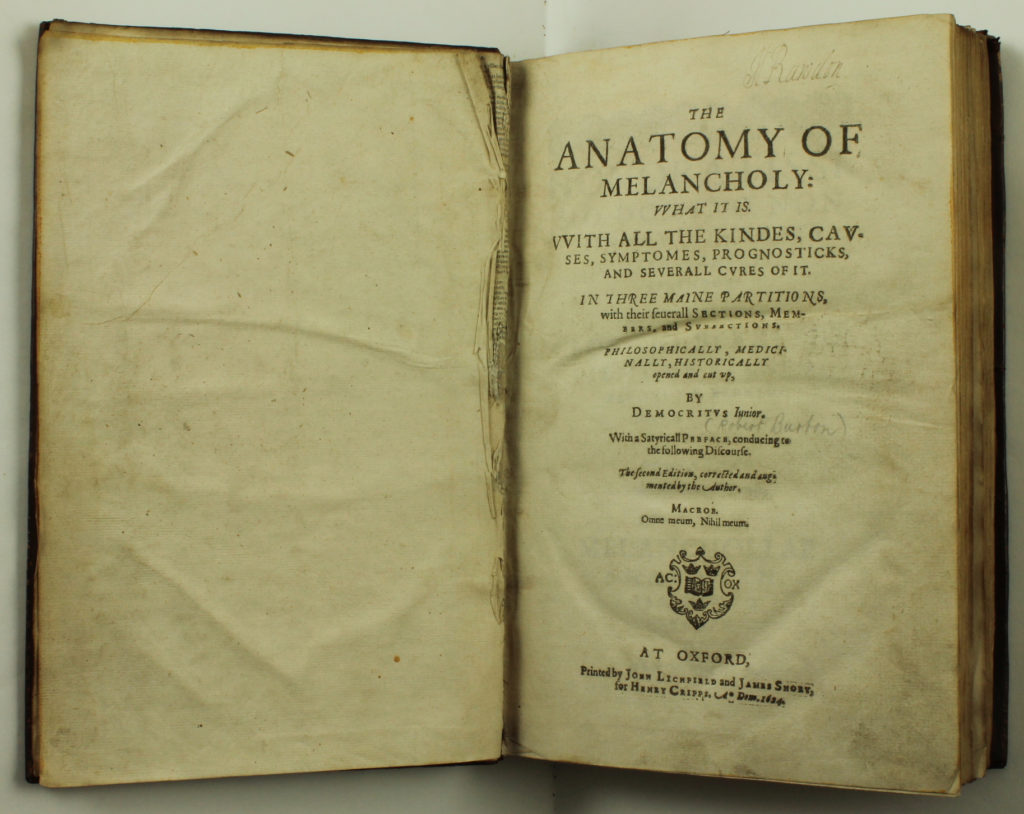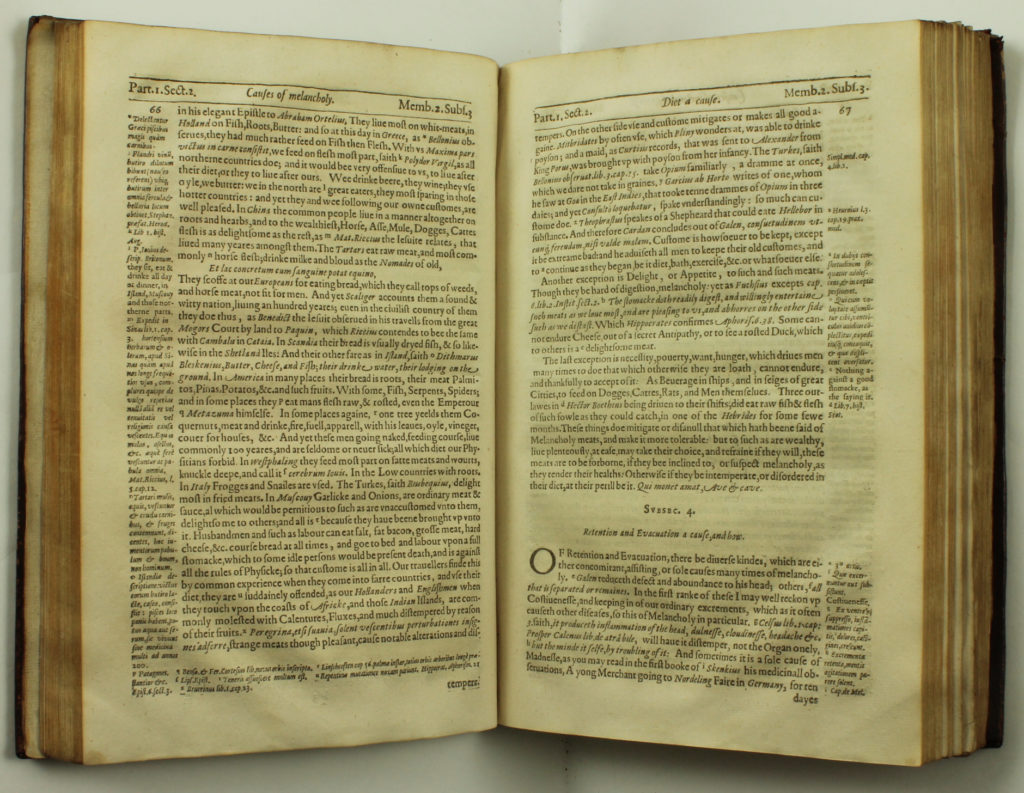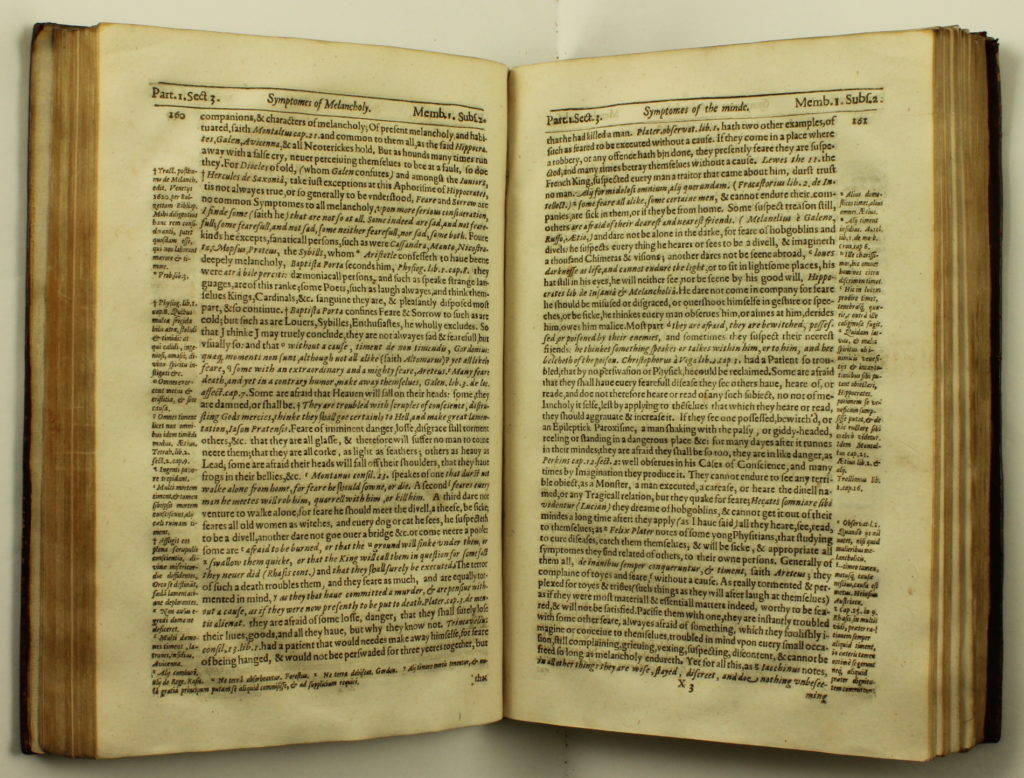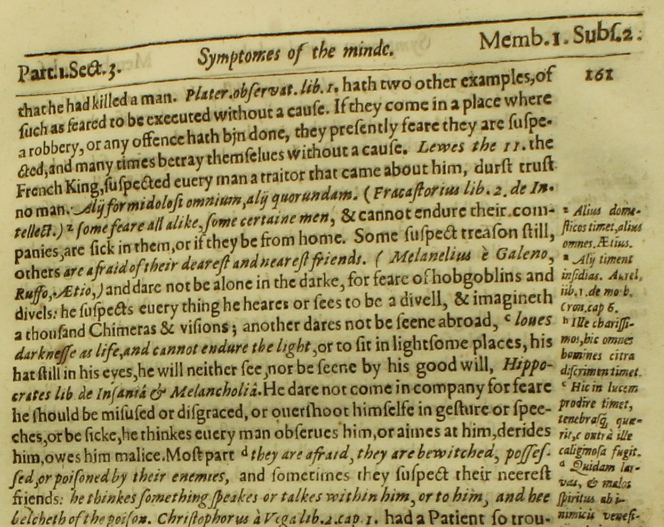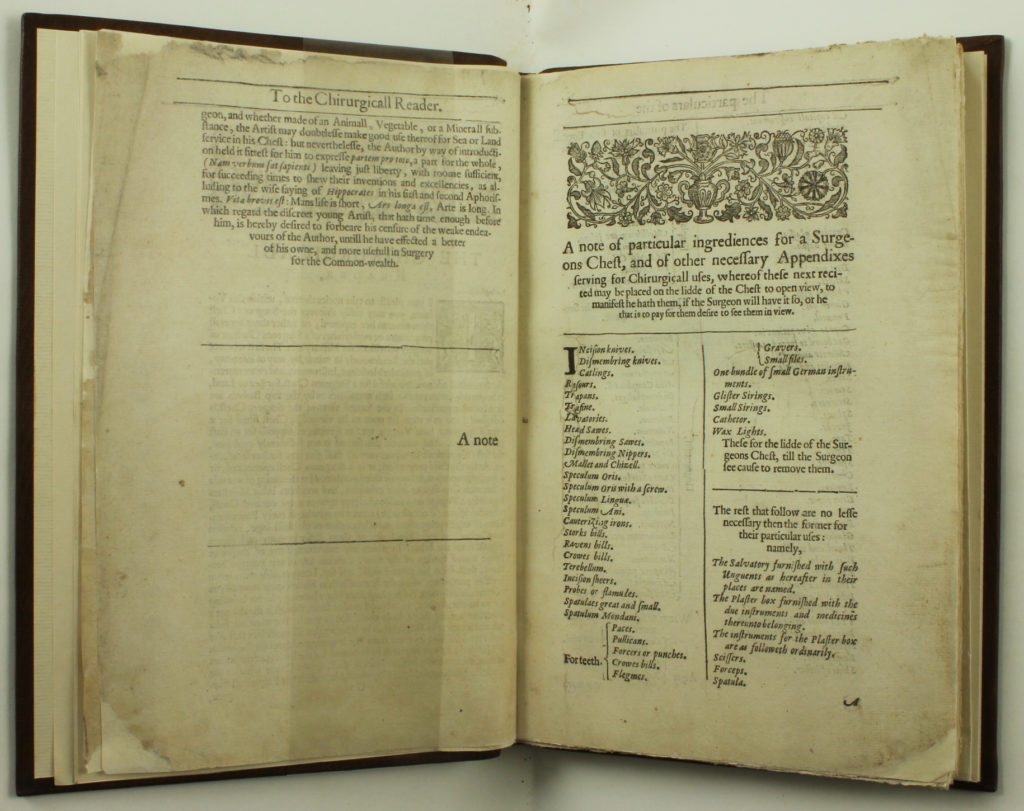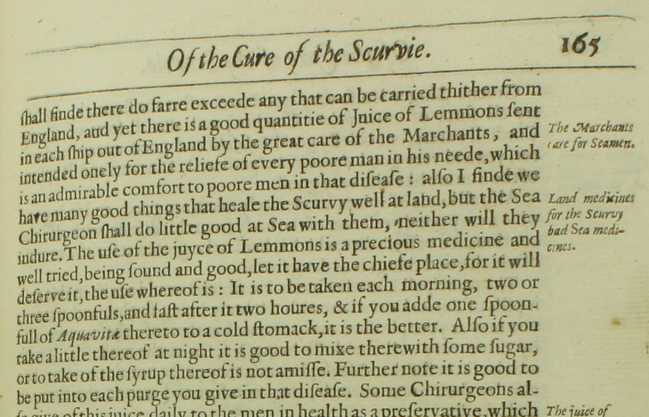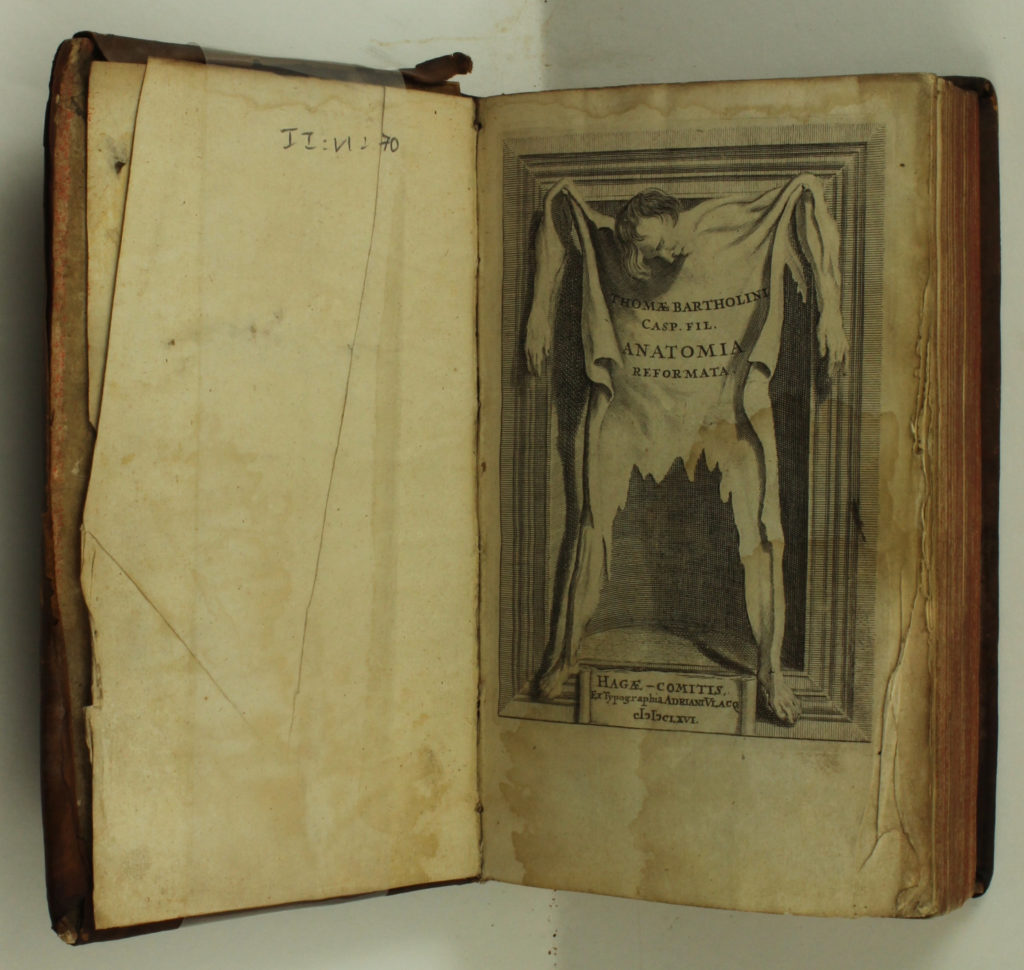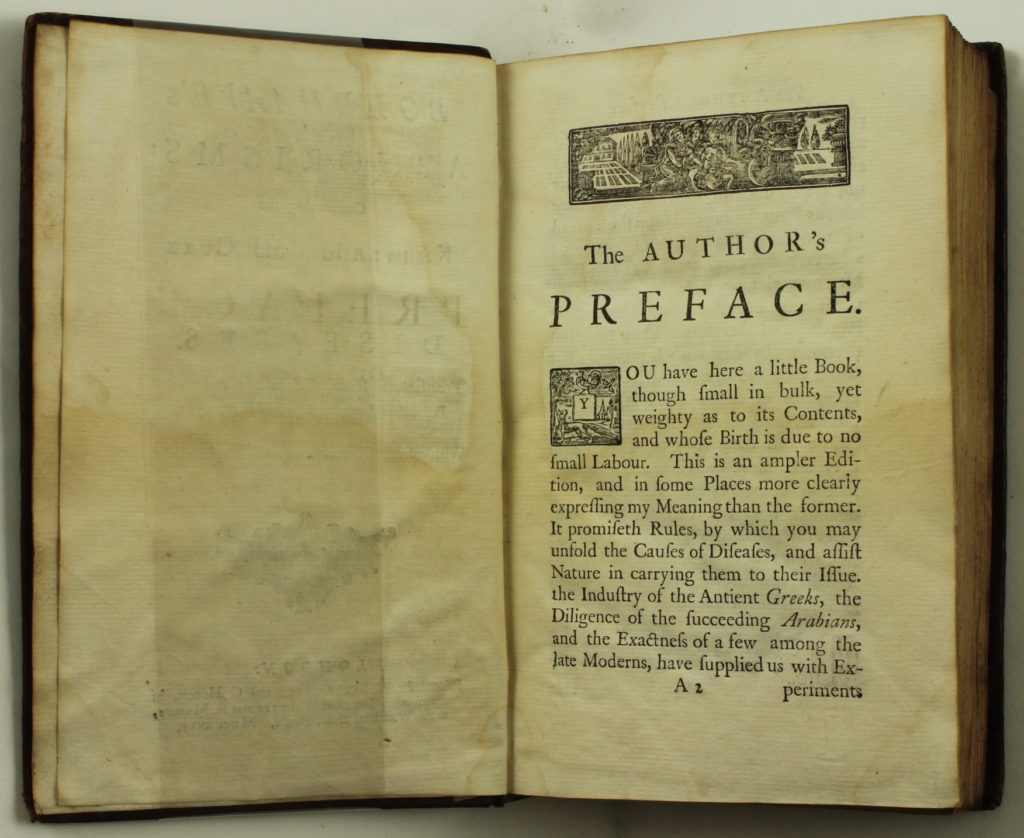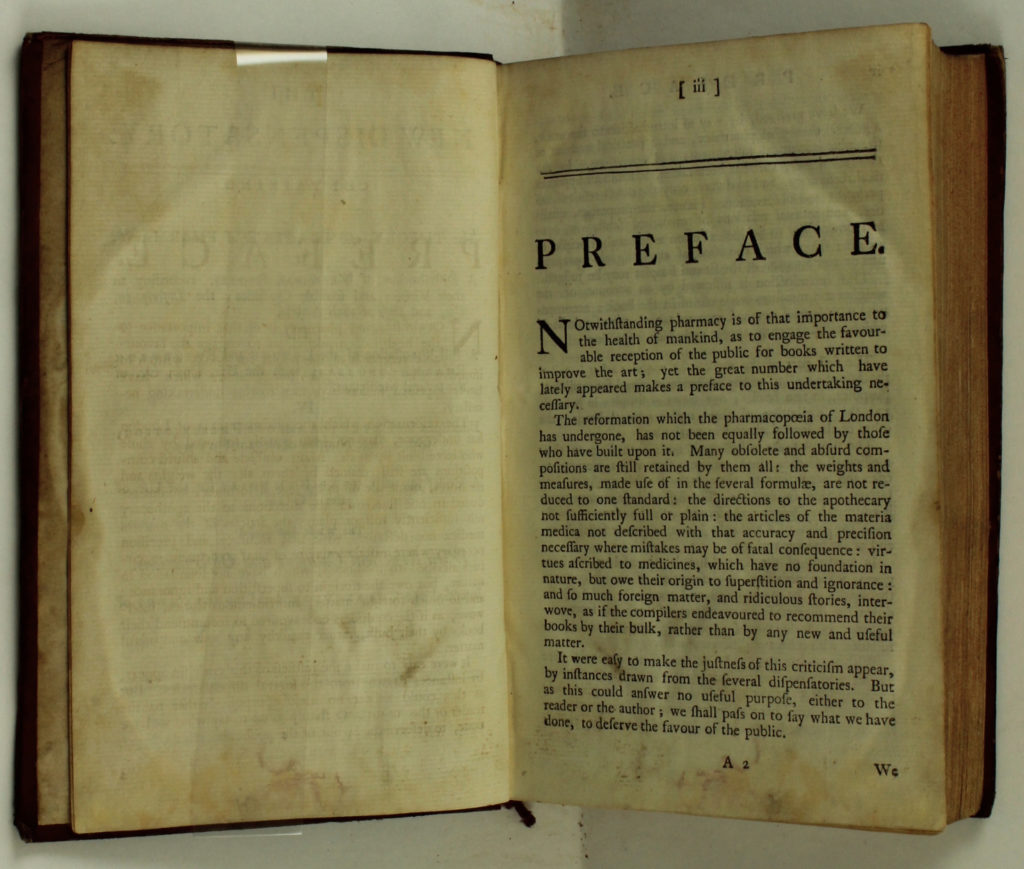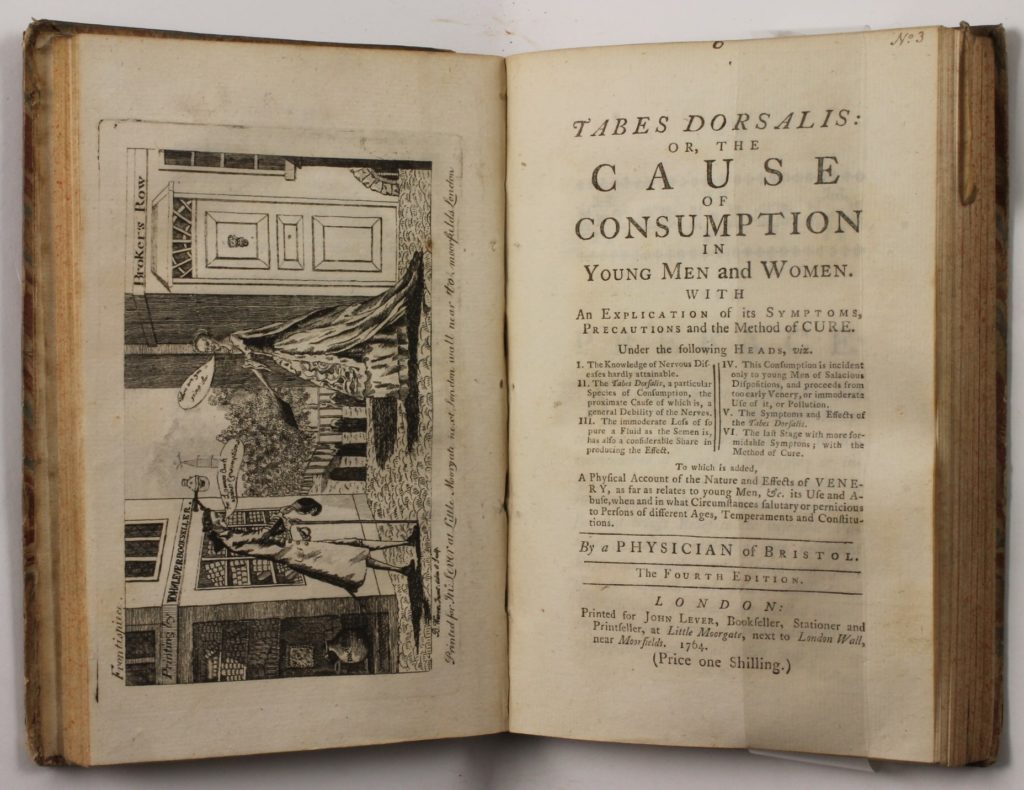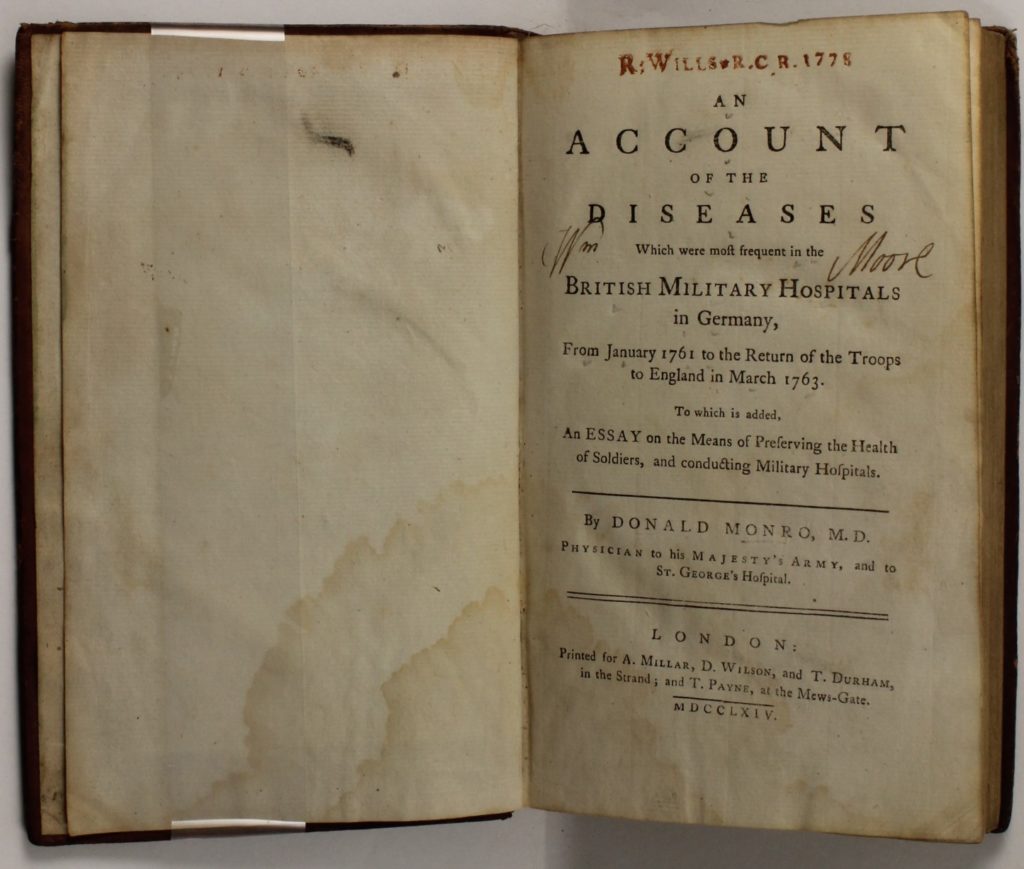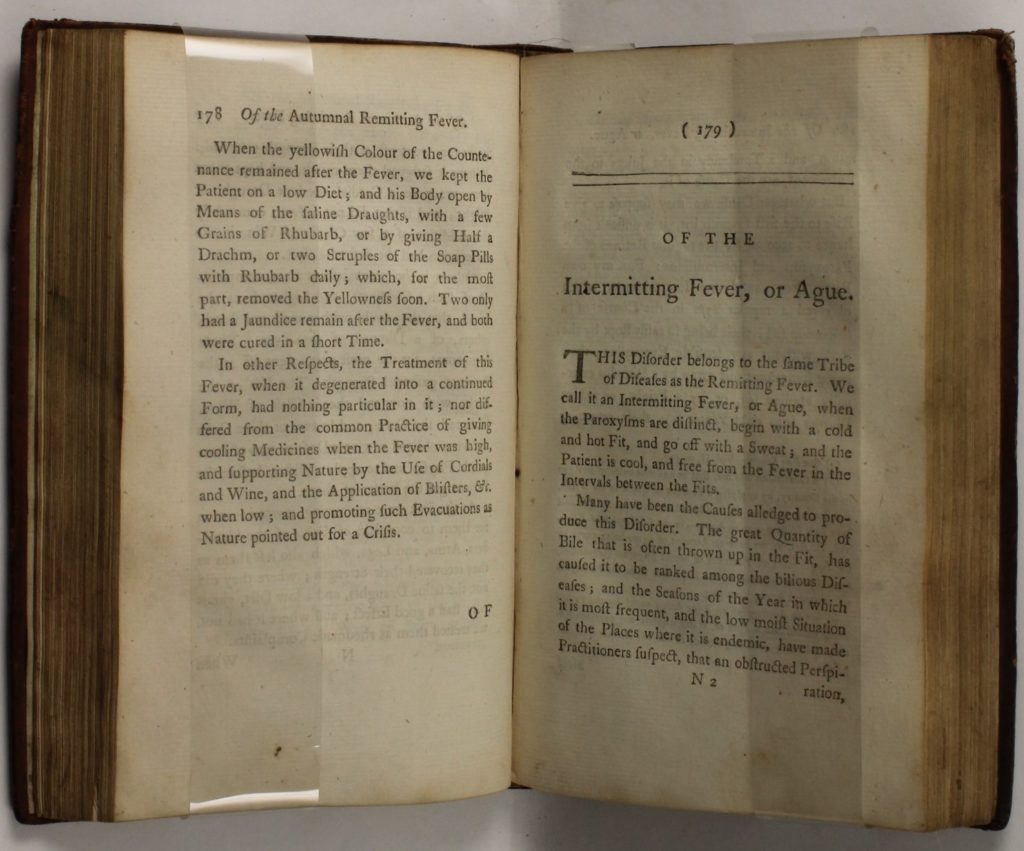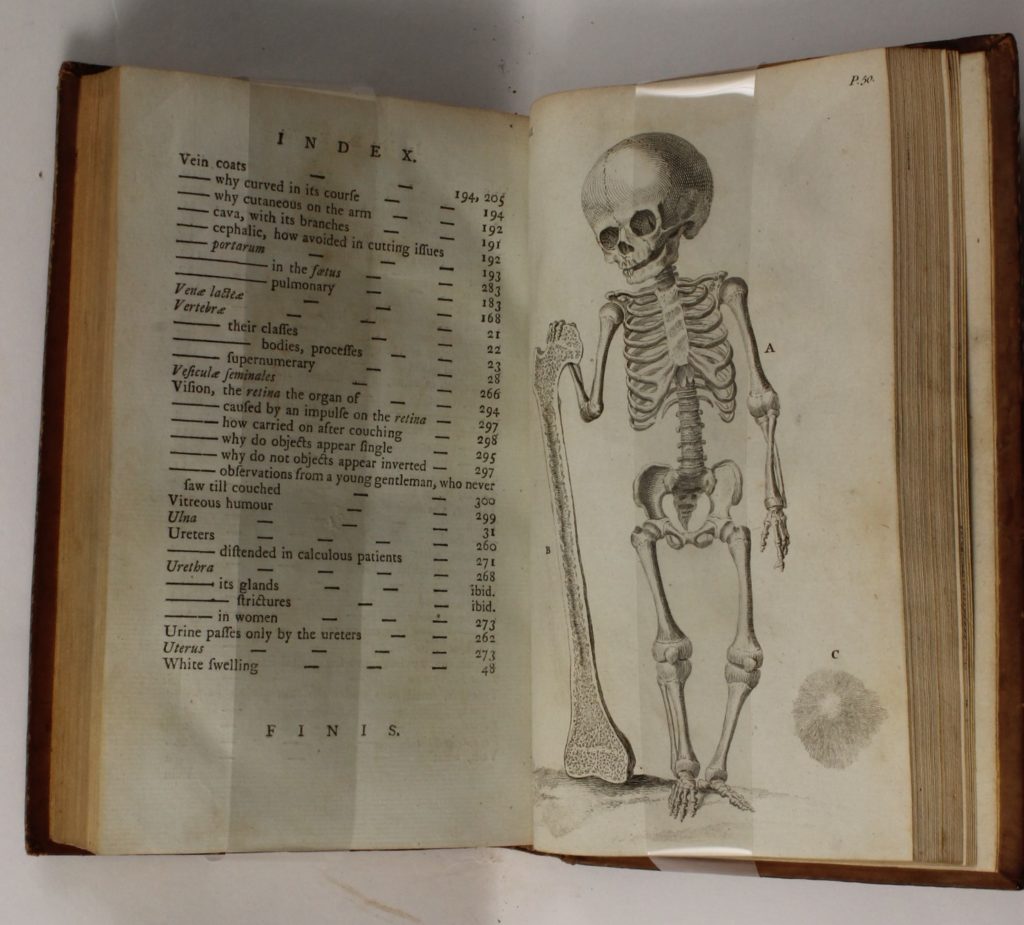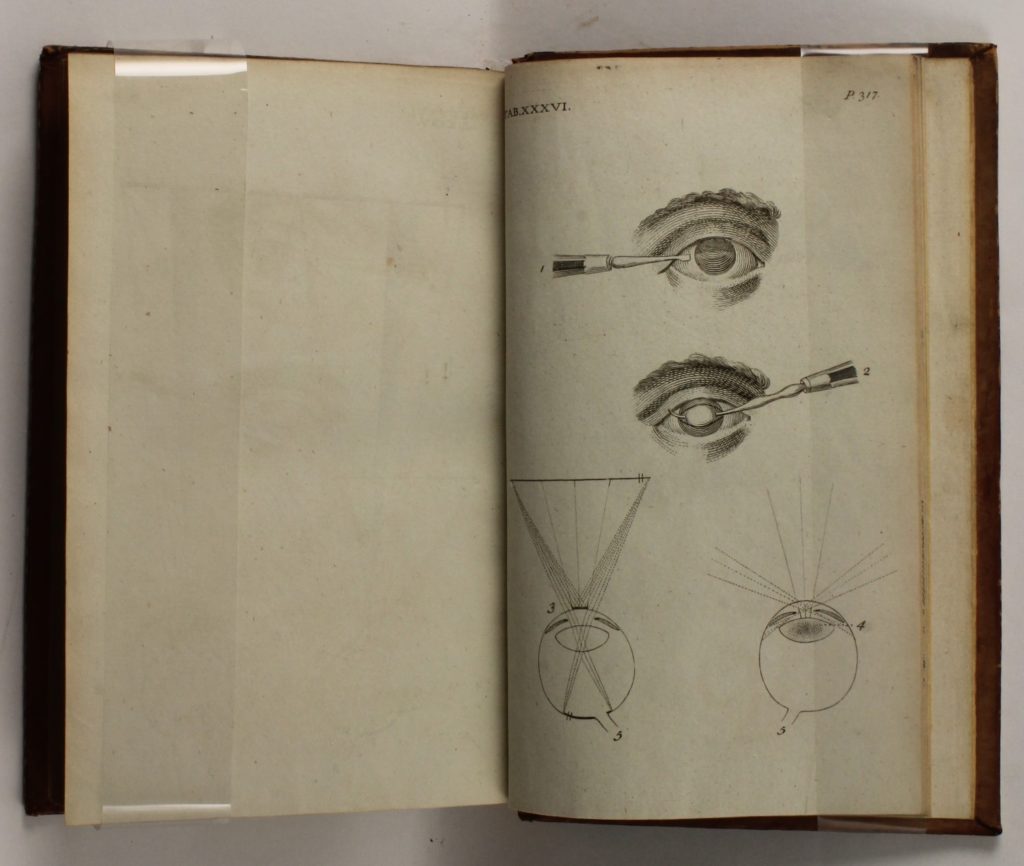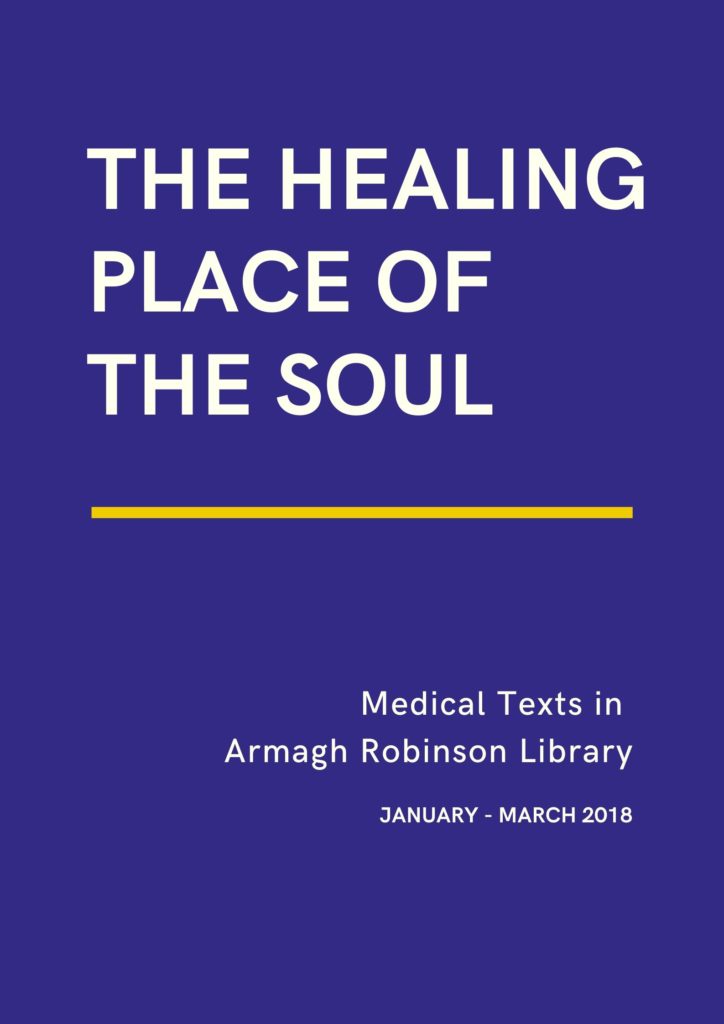
This book exhibition shows different medical books from the Library’s collection.
In the 1770s Richard Robinson, Archbishop of Armagh, had a vision of re-establishing Armagh as a centre of learning. He built a library, a hospital and, twenty years later, an observatory.
From the Library borrower books we learn that surgeons and doctors visited to study medical books in the collection. One example is of a Dr Simpson who borrowed Medicina Gymnastica, a text on the importance of exercise in medical treatment, in 1805.
The anatomy of melancholy : what it is. With all the kindes, causes, symptomes, prognosticks, and severall cures of it. In three maine partitions, with their severall sections, members, and subsections. Philosophically, medicinally, historically opened and cut up, by Democritus Iunior. With a satyricall preface, conducing to the following discourse. Robert Burton 1624 P00111488x
Burton’s The Anatomy of Melancholy is presented as a medical text, but it is just as much a work of satirical literature and philosophy. The text covers subjects on an encyclopaedic scale, including digestion, goblins, and the geography of America.
The work proved to be very popular with the public, and Burton, notorious for re-writing his works, published five further revised editions. The original manuscript has not survived.
The Surgeon’s Mate, or Military and Domestique Surgery John Woodall 1639 P001404403
Woodall is best known for this work, The Surgeon’s Mate, first published in 1617, which was the standard text for ships’ surgeons on medical treatments while at sea. It contained an advanced view on the treatment of scurvy.
[…] the Lemmons, Limes, Tamarinds, Oranges, and other choice of good helps in the Indies… do farre exceed any that can be carried tither from England.
In later editions sections on gunshot wounds, the plague and gangrene were added.
Thomae Bartholini [...] Anatomia : Ex Caspari Bartholini Parentis Institutionibus, Omniumque Recentiorum & Propriis Observationibus Tertium ad Sanguinis Circulationem Reformata. The Hague 1666 P001403512
In 1652 the Danish mathematician, physician and theologian, Thomas Bartholin, published the first full description of the lymphatic system, a network of blood vessels and lymph nodes that carries fluids from tissues around the body into the blood and vice versa.
Three years later he published Anatomia, which was a reworking of his father Caspar’s Anatomicae institutiones corporis humani. He added a large number of illustrations and a section on the circulation of the blood. This would become one of the most popular anatomical works of the 17th century.
A compleat history of druggs : written in French by Monsieur Pomet, Chief Druggist to the present French King ; to which is added what is further observable on the same subject, from Messrs. Lemery, and Tournefort, divided into three classes, vegetable, animal and mineral ; With their Use In Physick, Chymistry, Pharmacy, And several other Arts: illustrated with above four hundre copper cutts curiously done from the Life ; and an Explanation of their different Names, Places of Growth, and Countries from whence they are brought ; the Way to know the True from the False, their Virtues, &c. A Work of very great Use and Curiosity. Done into English from the originals. Pierre Pomet 1712 P001394378
French apothecary and chief pharmacist to Louis XIV, Pierre Pomet travelled widely to collect plant, animal and mineral specimens, as well as medicinal recipes. In his History Pomet lists both local plant, animal and mineral products which can be used for medicine, as well as more exotic ones.
They include tobacco, indigo, sugar and opium, as well as ground mummies and unicorn horns!
The book includes around 400 prints. Due to its popularity it was translated into German and English in 1712.
Boerhaave’s Aphorisms: Concerning the Knowledge and Cure of Diseases. Translated From the Last Edition Printed in Latin at Leyden, 1728. With Useful Observations and Explanations Herman Boerhaave 1735 P001405477
Dutch botanist and chemist Herman Boerhaave is referred to as the father of physiology and as the founder of both clinical teaching and the modern academic hospital. He first described Boerhaave Syndrome, which describes a tear in the oesophagus due to intense vomiting.
This work
[…] promiseth Rules, by which you may unfold the Causes of Diseases, and assist Nature in carrying them to their Issue.
Uncertainty of the Signs of Death Jacob B. Winslow 1746 P001405906
This work by Danish-born French anatomist Jacob Winslow contains stories of people, who were (almost) buried alive, because doctors and others mistook signs of death.
Winslow concluded that the putrefaction of the body is the only sure sign of death. He urged surgeons to be wary of operating on someone presumed dead, lest they should become a murderer!
The New Dispensatory [...] Intended as a Correction, and Improvement of Quincy. William Lewis 1753 P001406732
The New Dispensatory deals with all elements of pharmacy,
the art of preparing and compounding […] substances for medicinal purposes in a manner suitable to their respective properties and the intention of cure.
It refers to pharmaceutical practices and provides details of medical conditions and the medicines that can be used to treat them.
It also gives directions for cheap remedies to be used with the poor.
This work was written to correct and complete the writings of another pharmacist, John Quincy, who died in 1722.
Observations on the Nature and Consequences of Wounds and Contusions of the Head, Fractures of the Skull, Concussions of the Brain, etc. Percivall Pott 1760 P001400122
Observations on the Nature and Consequences of Wounds and Contusions of the Head, Fractures of the Skull, Concussions of the Brain, etc. by English surgeon Percivall Pott is the first on sports neurology in medical literature. Pott is known as one of the founders of modern orthopaedics.
He was also important in the development of occupational health, by demonstrating that there was an association between exposure to soot by chimney sweeps and cancer of the scrotum.
His pamphlets were in high demand and would often sell out. Between the 1760s and 1770s, he had over 14 titles in circulation.
Tabes Dorsalis: or the Cause of Consumption in Young Men and Women Physician of Bristol 1764 P001080101
This anonymous medical work, published for bookseller John Lever, describes the causes of consumption as well as its symptoms and precautions.
In the print a lady asks a gentleman, both seemingly ill with consumption:
“Where are you going sir?”
“For Lever’s book against consumption.”
An Account of the Diseases Which Were Most Frequent in the British Military Hospitals in Germany, From January 1761 to [...] March 1763. To Which is Added, an Essay on the Means of Preserving the Health of Soldiers, and Conducting Military Hospitals Donald Monro 1764 P001399922
Scottish physician and medical author Monro was physician to the British forces in Germany during the Seven Years’ War. He would later set up a private practice in London.
Account of the Diseases[…] documents his time in the military hospital in Germany and was one of the first general treatises on army medicine.
The Anatomy of the Human Body: By W. Cheselden, Surgeon to his Majesty's Royal Hospital at Chelsea Fellow of the Royal Society and Member of the Royal Academy of Surgeons At Parts. The XIIIth Edition with Forty Copper Plates Engrav'd by Ger: Vandergucht. William Cheselden 1784 P00139986
Cheselden’s The Anatomy of the Human Body was first published in 1713. It became very popular with medical students, as it was written in English instead of Latin, as was customary. The book ran through thirteen editions.
Cheselden is famous for inventing a quick procedure for removing bladder stones, with a low death rate. He is also credited with being the first to remedy blindness surgically by removing the cloudy cataract lens of a thirteen year old blind boy in 1728.

